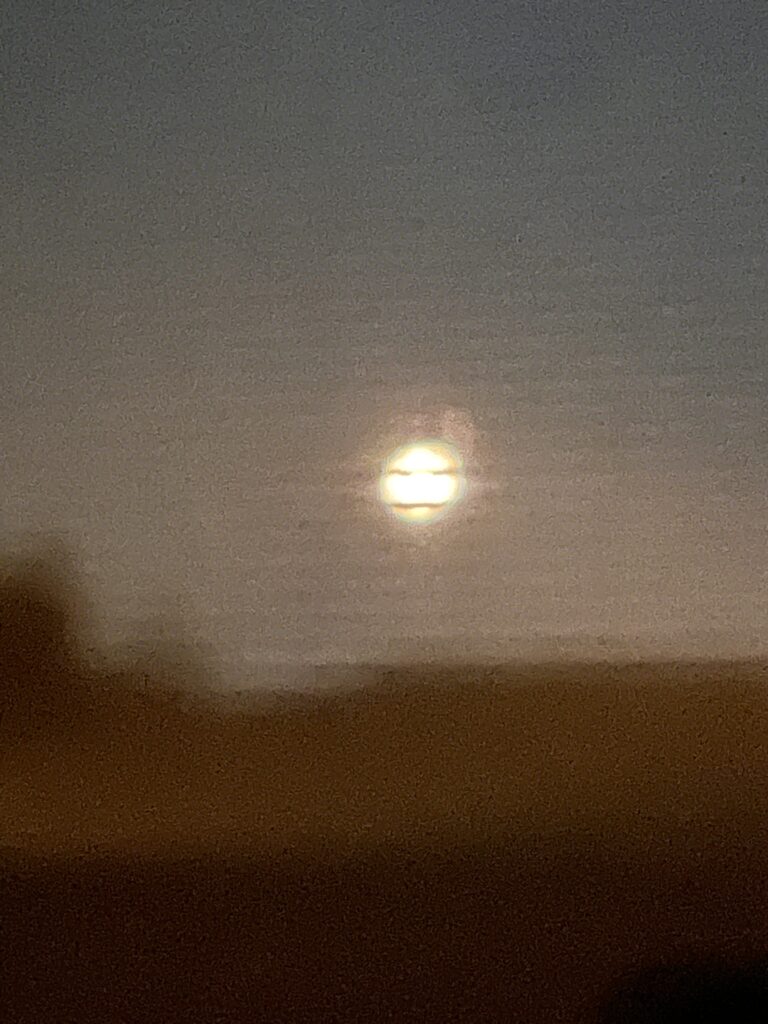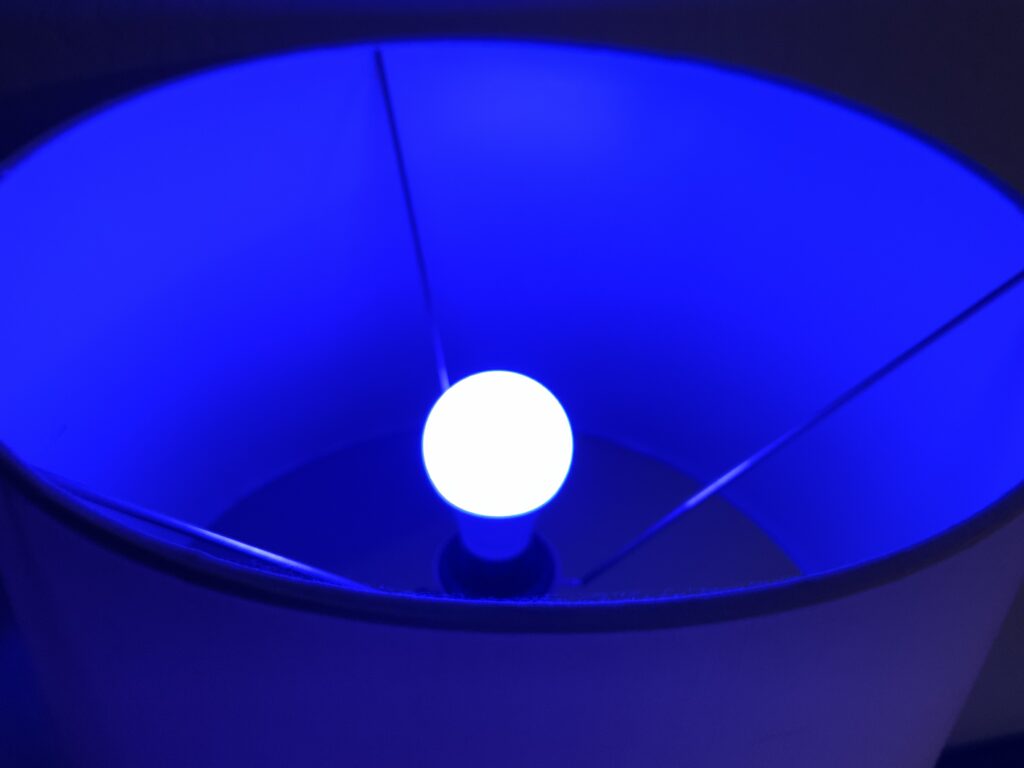We have many lights and lighting fixtures throughout the home and city. I started taking notice of some of these items in the past few weeks, and decided to put up some photos and comments here. Lights have made all the difference since their invention — since the first fire was lit, illuminating the dark nights with a warm orange-yellow glow, a striking contrast to the cold reflective rays and energy of the moon.

From burning wood fires to lighting up flammable oils and then gas, lights have made possible the explorations of humankind far away from the reaches of the sun’s direct energy rays. I found an article while exploring websites online expounding on gas powered lamps [1] in various parts of London; the website contains a few images showing intricate designs of the lamps. The gas lamps consisted of piped gas mixed with sewer gas fumes. These lamps were built primarily in hillsides and regions where sewer gas pipes would not rise above building level, and were mostly phased out after the 1970s when electric lighting become significantly more prominent. Different from modern electric lights however, is the statement that these lamps could reach to temperatures of 600-800 degrees Fahrenheit (or 300 – 400 some degrees Celsius), and had 5% more lighting illumination, presumably because of the mixture of gas types. The heat may or may not have been able to flow back into the sewer pipes, raising the temperatures and thereby leading to possible sterilization, which was one of the selling points when the lamps were initially designed.

Inside the home, lights come in all guises, from the famed oil lamps of lore to incandescent bulbs and now the varied light emitting diodes. We have been testing out color changing electric bulbs from Feit Electric [2] at home. If I recall correctly this is a 60 Watt bulb, and the website lists the bulbs at 25,000 hours with 800 Lumens (a unit of measure for brightness). The color temperature of the Feit Smart bulb is in the range of 2700 to 6500 Kelvin, while the overall range is set by the Sun’s Blackbody radiation spectrum, from about 1000 K to 10,000 K. Contrasting bulbs from ten to twenty years ago to today, I wonder at the color and temperature, that is, the actual emissions coming from the light source. Touching an electric bulb that has been on for a few hours is hot to the fingers, though not anywhere near as dangerous as reaching for an open flame at 300 degrees Celsius. Note that the bulb is 60 W incandescent equivalent; the actual power needed to turn the Feit bulb on is 9 W. Considering that newer bulbs are designed to be more energy efficient, this means the output light should be less in some way, and significantly, what effect does this replacement have on our abilities to function in the long term in the evenings compared to before? (I know for one that while I enjoy reading on electronic readers, I typically only read for an hour or two in one stretch — perhaps the brightness is not the same as before?). With these considerations taken into account, I would emphasize that we now have light bulbs that go into lamps of all sorts, and a store [3] that I visited recently contains all varieties of lamp designs.

Modern light (and ancient ones too) energy consumption can be measured in units of kilowatt-hours, for example 60 W * 25,000 hrs = 1500 kWh. Suppose a design of around 20 street lamps over 1 kilometer distance on a highway, or 1 lamp per 50 meter. If each is powered to only 60 W, then the total energy consumption along that 1 km is 30,000 kWh or 30 MWh. Simply keeping a town, city or region lighted seems then to be an enormous energy task, if we assume and average to something like 100 streets in a region. As we now understand, LED bulbs are powered at significantly lower absolute value, perhaps one-sixth of that. So in fact the needed consumption along a kilometer may be closer to 5 MWh.
Exterior lighting also has diverse designs, and each city or town I have been to contains lights specific to them. As an example, San Mateo has lights that reminded me of a stadiometer found in many a doctor’s office. These street fixtures are fitted with light emitting diodes, which again are much more energy efficient with lower wattage than conventional lighting types. The analysis typically is that while the upfront cost of energy efficient bulbs is higher than conventional incandescent bulbs, in the long term the cost tends to be similar or less for newer bulb types. As we are entering the second decade of the 21st century, I wonder how lighting will continue to evolve. Designing lamp posts in the modern era might consist of ways to combine extra functionality, for example, could charging stations for vehicles, e-tour guides or web search function with your favorite search engine be built into street lights? Or we could also simply reduce energy consumption overall so as to allay any possible strains to the energy grid. What kind of lighting that provides sufficient illumination for cars and for pedestrians (because you’d want someone to stop by to admire the lamp post too) would be on the streets of tomorrow. Only time shall tell.
References
- https://www.xenophon.org.uk/historywebblampco.html
- https://www.feit.com/product-category/bulbs/smart-wifi-light-bulb/
- https://www.lampsplus.com/products/floor-lamps/